Assessing Managed Moorlands as Breeding Areas for Waders and Merlin
The Project
Emanating from one of our events run at Weardale in early June of 2024 is an exciting development, namely a project to bring science to help further our understanding on the interrelationships between breeding success of waders and merlin and the management of moorlands. At the Weardale meeting it was highlighted by David Scott, nest finder and BTO bird ringer, and Professor Charles Tyler of the University of Exeter, that they were sitting on a rich vein of data on the breeding activity of waders and merlin on managed upland moorlands collected by a field team lead by David over a period of almost a decade that has received no detailed interrogation.
Conservation Communication, working together with Charles and David, thus sought to find funding to undertake this data analysis and build further on that work. We are delighted to announce that we have been successful in this endeavour securing almost £200k from private donors and the University of Exeter to fund a three-year PhD project and, in addition, more dedicated time for the field team to collect yet more nesting data. The project will be supervised by Charles and David.
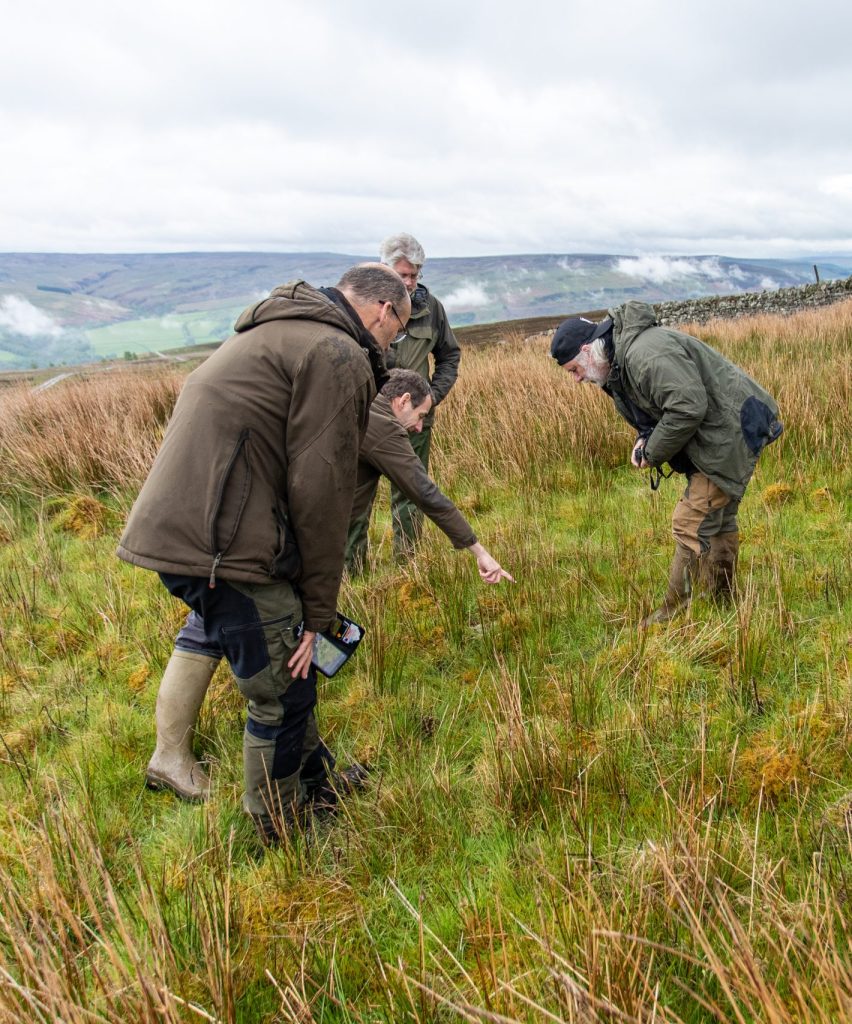
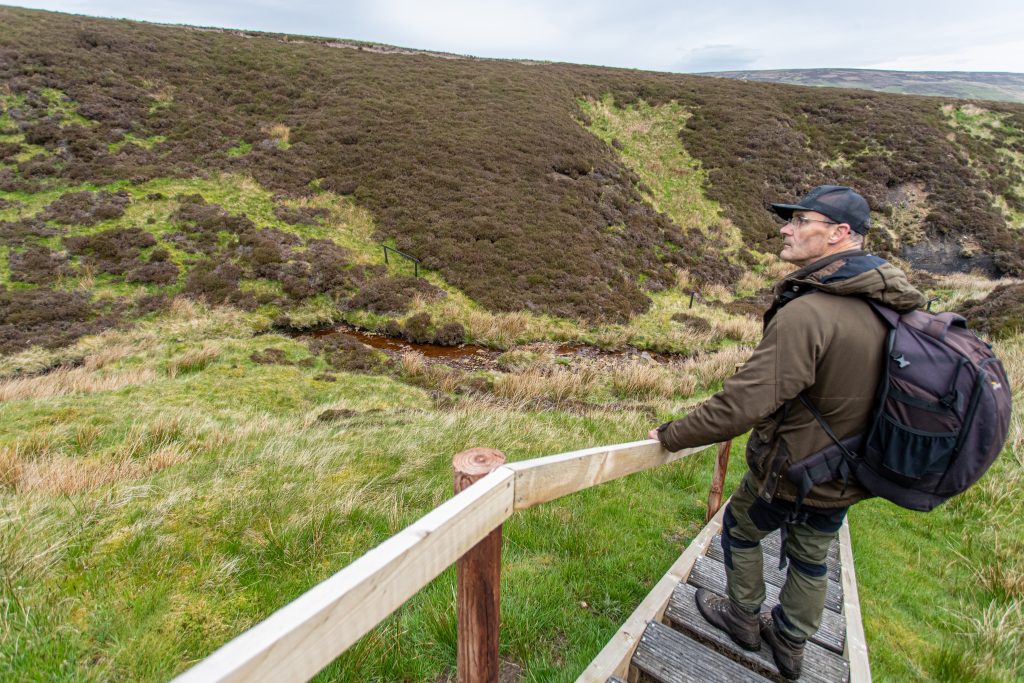
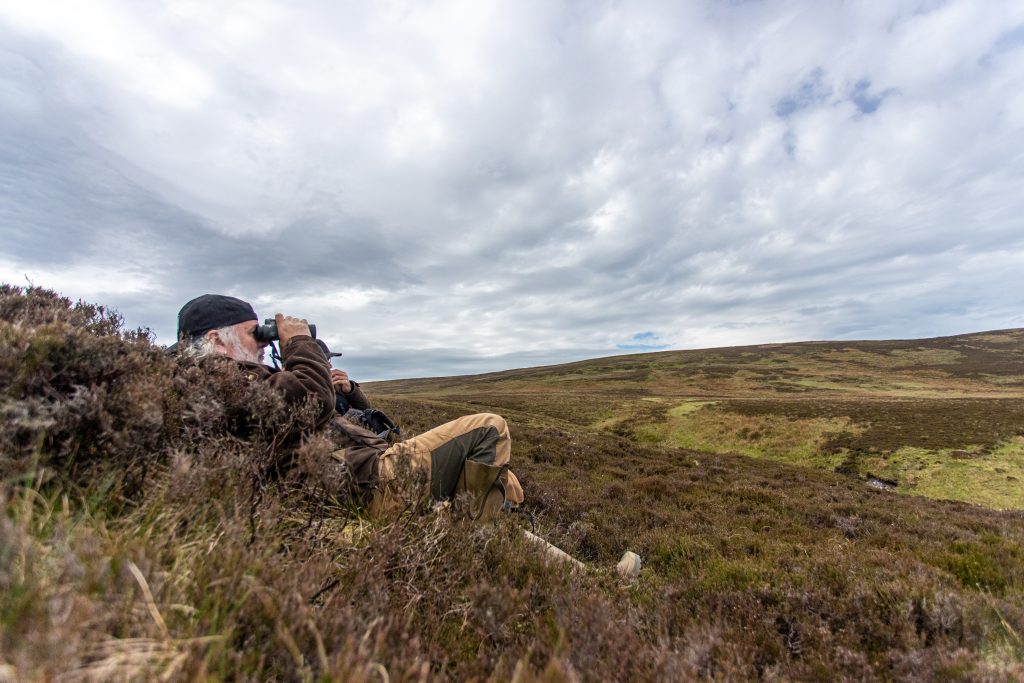
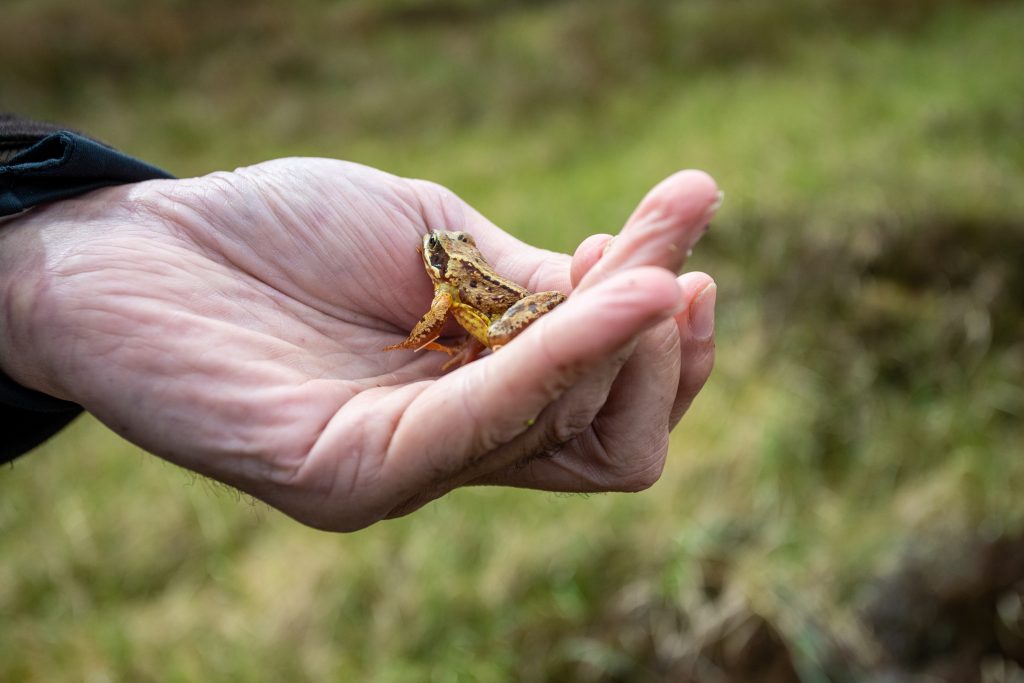
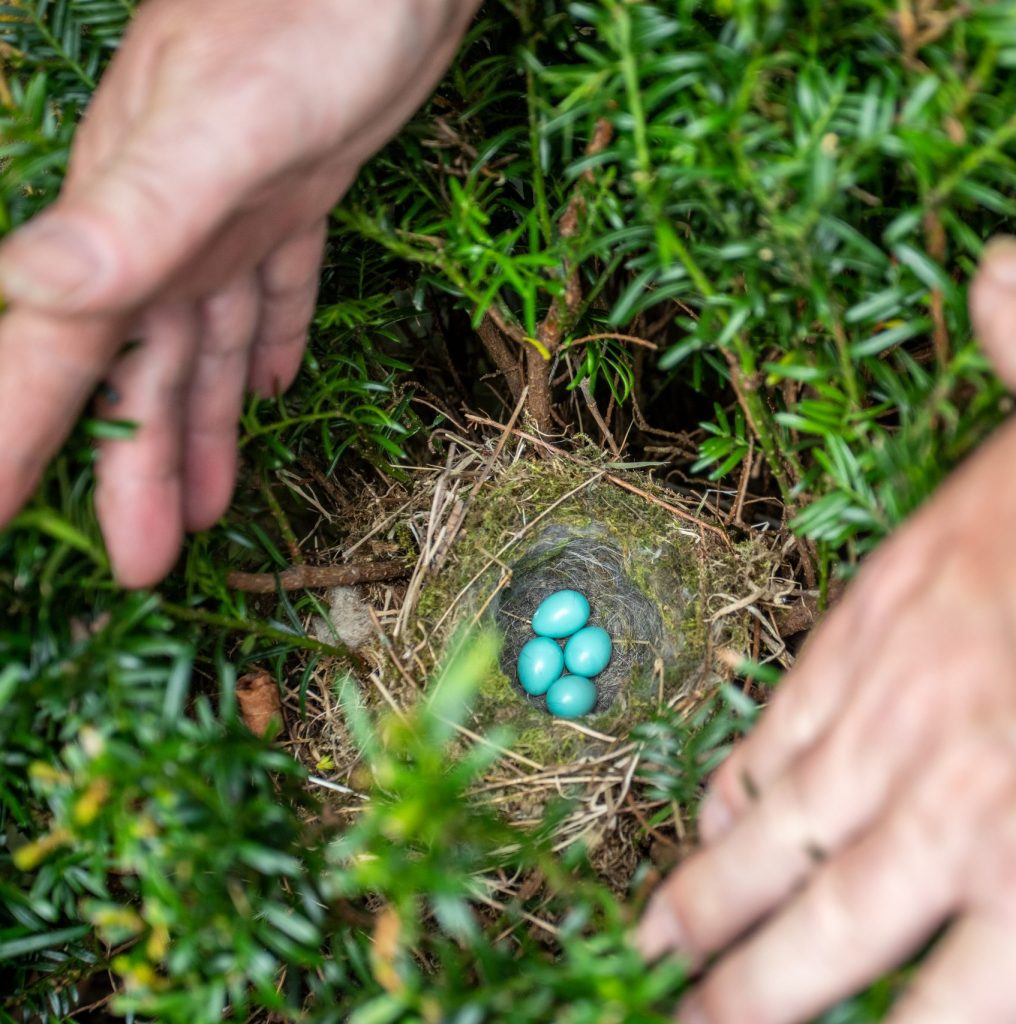
Research Questions
How does breeding activity and breeding success for selected waders on upland moorlands managed for game compare with other established breeding areas?
How does breeding activity and breeding success for Merlin on upland moorlands managed for game compare with other established breeding areas?
Applying the method of DNA metabarcoding, what are the available food resources for wader and merlin chicks and how does this relate to habitat management?
The Approach
The project will first bring together all available nesting and bird observation survey data for the target wader species and merlin from the team’s own work and that of others -including through keeper moorland surveys and the BTO Nest Record Centre scheme.
This phase of the research will include mapping wader breeding sites via GIS, together with habitat/land mapping and management practices across these areas. It will further assess habitat breeding preferences for the different wader species on the studied landscape and breeding phenology in relation to environmental factors including prevailing weather conditions. Additional wader and merlin breeding data will be collected by the field team over the three-year study for measuring breeding success and relationships with environmental variables, also keeper engagement. To help understand interrelationships between habitat and food resources.
DNA metabarcoding analysis will be conducted by the PhD student (Natalie Mordue) on faeces collected from the study wader species and merlin. In the final analyses the project will assess the relative breeding success for the selected wader species and merlin on the managed moorlands (our study sites) against the wider data sets for sites of equivalent topographies and for other landscapes (e.g. lowland areas).
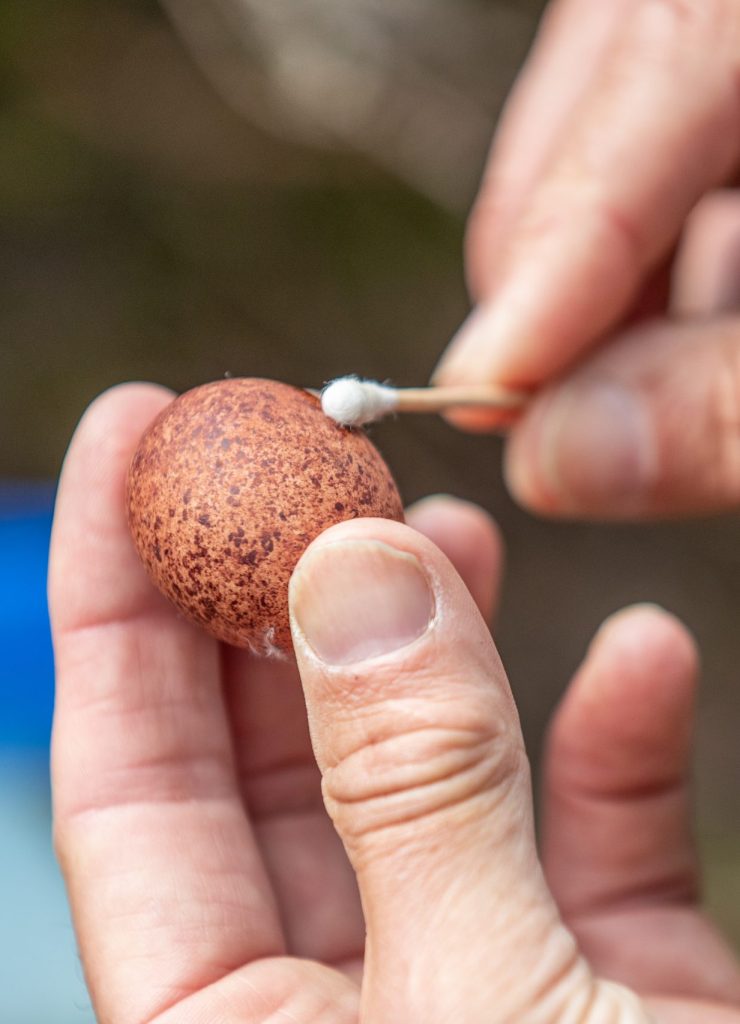
Deliverables
The deliverables from this project will include, but are not limited to:
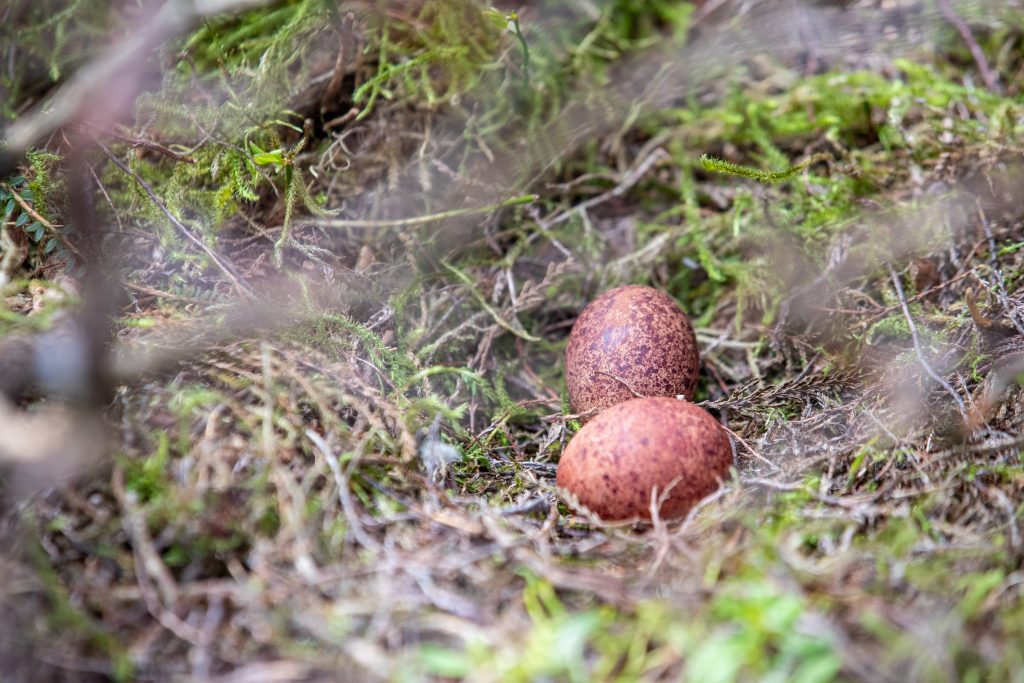
Substantive data sets and an unbiased analysis on the relative breeding activities and success of waders and merlin on upland management moorlands compared with their other breeding areas across the UK.
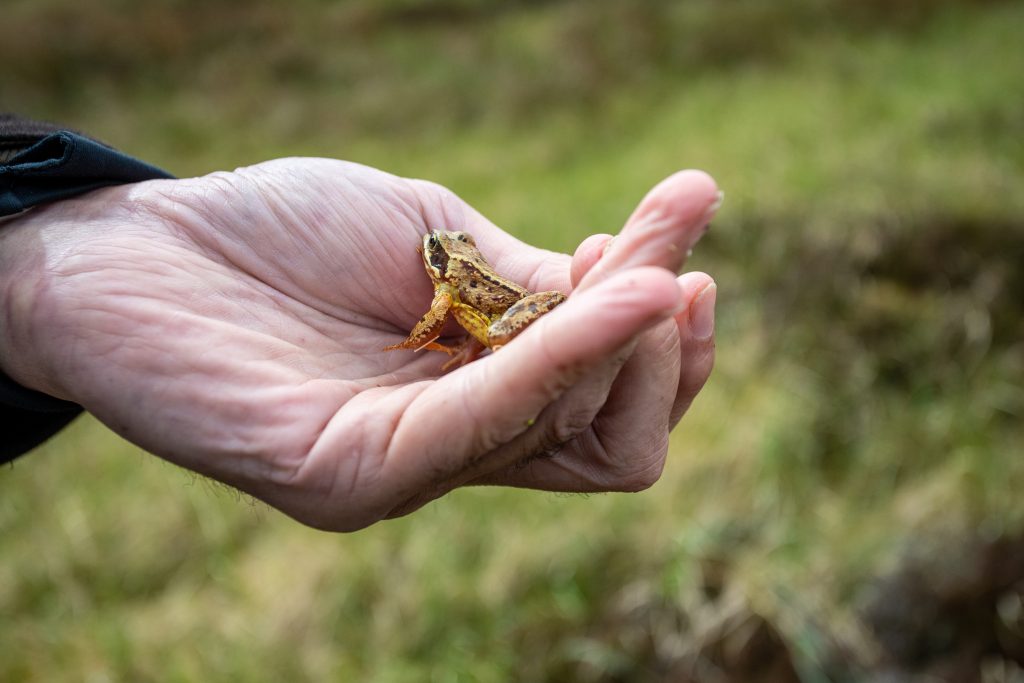
Deeper insights into the breeding ecology of the study species, contributing to the knowledge base for supporting their conservation.
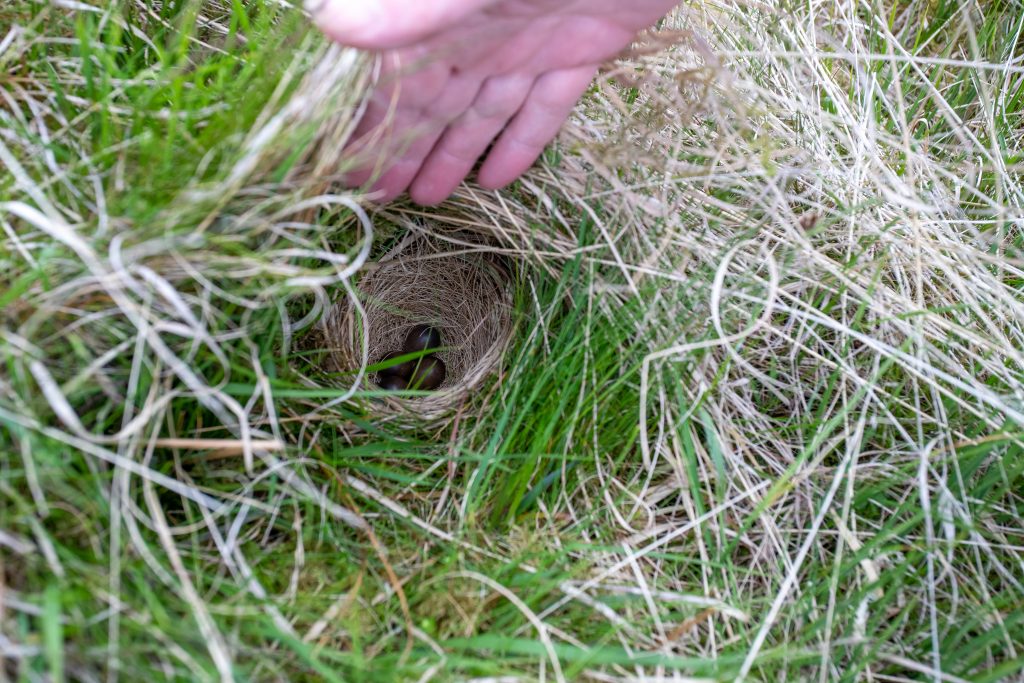
Dissemination and publicising of research work in scientific journals, science conferences, public engagement events, keeper events, and social media platforms to inform as wide an audience as possible.